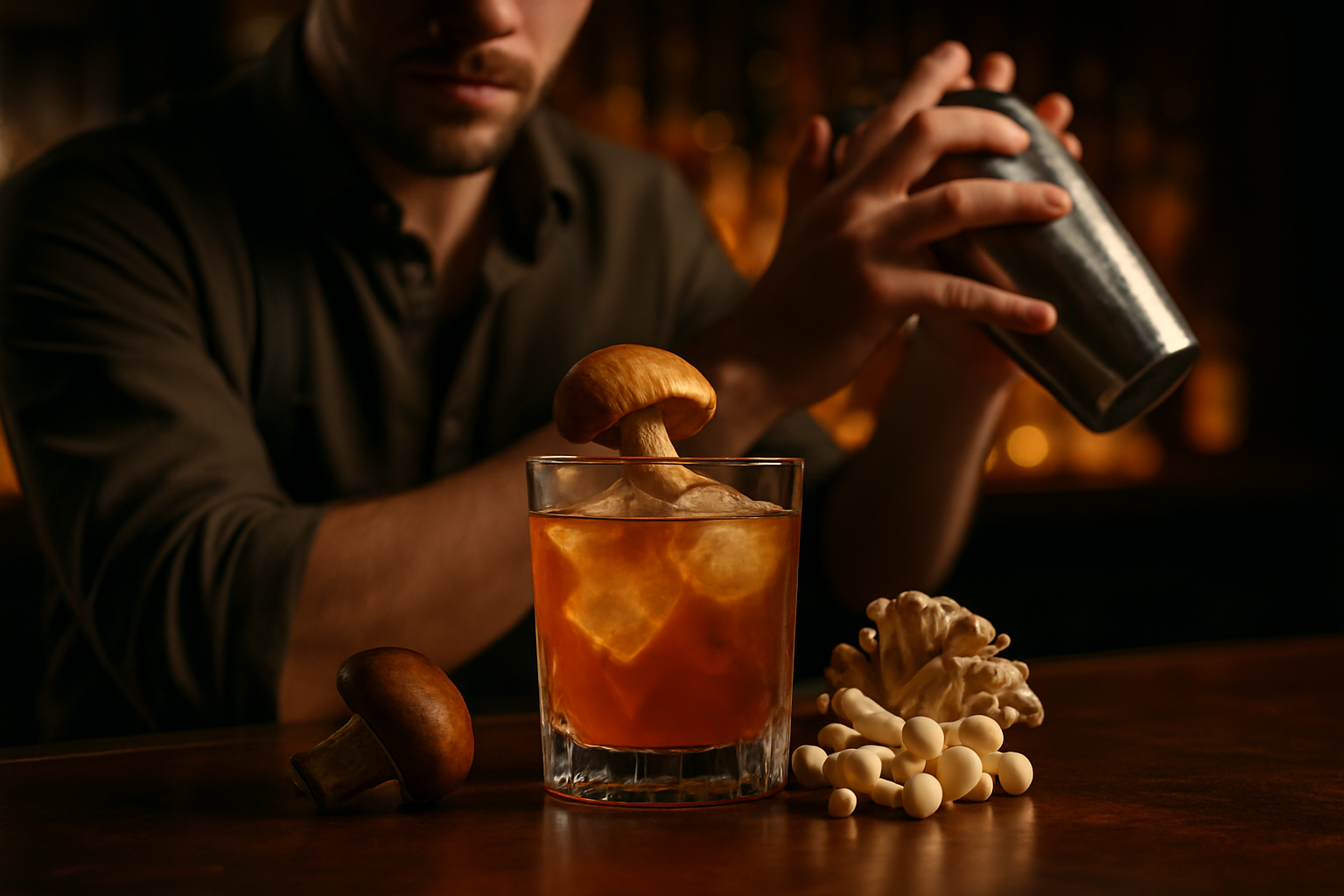Floral Infusions: Blooming Flavors in Modern Mixology
Elevate your palate with the enchanting world of floral infusions in cocktails and mocktails. This aromatic trend is blossoming across bars and kitchens, offering a fresh twist on classic recipes. From delicate rose petals to zesty hibiscus, discover how floral notes are transforming the art of mixology and bringing a touch of nature's beauty to your glass.

Crafting the Perfect Floral Infusion
Creating a successful floral infusion requires a delicate balance and attention to detail. The process begins with selecting high-quality, food-grade flowers, ensuring they are free from pesticides and other chemicals. Dried flowers often work best, as they have a more concentrated flavor and are easier to work with. The infusion method can vary: some bartenders opt for a simple syrup infusion, while others prefer to macerate flowers directly in spirits. The key is to infuse just long enough to extract the desired flavors without introducing bitterness. Timing is crucial; over-infusion can result in an overpowering floral taste that masks other flavors in the drink. Experimentation is encouraged, as different flowers require different infusion times and methods to achieve the perfect balance.
Pairing Floral Notes with Spirits
The art of pairing floral infusions with spirits opens up a world of creative possibilities. Light, floral gin pairs beautifully with elderflower or lavender, enhancing its botanical profile. Vodka, with its neutral flavor, serves as an excellent canvas for bolder floral notes like rose or chrysanthemum. Whiskey lovers might be surprised by the delightful combination of a smoky Scotch with a hint of heather or violet. Tequila finds a perfect match in hibiscus, creating a vibrant, tangy profile. Even rum can benefit from floral additions, with jasmine or orange blossom complementing its sweetness. The key is to consider the inherent flavors of the spirit and choose floral notes that either enhance or provide an intriguing contrast.
Non-Alcoholic Floral Elixirs
The floral infusion trend isn’t limited to alcoholic beverages. Mocktail enthusiasts and health-conscious consumers are embracing floral-infused drinks as a sophisticated alternative to sugary sodas. Lavender lemonade, rose petal iced tea, and hibiscus spritzers are becoming popular choices in cafes and restaurants. These non-alcoholic options offer the same complexity and visual appeal as their spirited counterparts, without the alcohol content. Floral waters, such as orange blossom or rose water, are being used to add depth to simple sparkling water or fruit juices. This trend aligns with the growing demand for nuanced, adult-oriented non-alcoholic beverages that provide a luxurious drinking experience without the effects of alcohol.
The Science of Floral Flavors
Understanding the science behind floral flavors can elevate a mixologist’s craft. Flowers contain various volatile compounds that contribute to their aroma and taste. These compounds interact differently with various ingredients and can change over time or with exposure to heat. For example, the linalool in lavender provides its characteristic calming scent, while geraniol gives rose its sweet, floral notes. The concentration of these compounds can vary based on factors like the flower’s origin, harvest time, and processing method. By understanding these chemical properties, mixologists can better predict how floral infusions will interact with other ingredients and create more balanced, complex drinks. This scientific approach to flavor combining is pushing the boundaries of traditional mixology and opening up new avenues for innovation.
Useful Tips & Facts
• Always use food-grade flowers to ensure safety and quality.
• Start with a small amount of floral infusion and adjust to taste.
• Floral ice cubes can add both flavor and visual appeal to drinks.
• Some popular edible flowers include rose, lavender, violets, and marigolds.
• Floral infusions can also be used in cooking, from salad dressings to desserts.
• Be aware of potential allergies when serving floral-infused drinks.
• The language of flowers, or floriography, can add an extra layer of meaning to your cocktails.
As the floral infusion trend continues to bloom, it offers endless possibilities for creativity in mixology. From delicate, aromatic cocktails to refreshing non-alcoholic elixirs, these botanical blends are redefining what we expect from our beverages. By embracing the natural beauty and complex flavors of flowers, mixologists and home enthusiasts alike can create drinks that are not just tasty, but truly experiential. So next time you’re looking to elevate your drinking experience, consider adding a touch of floral magic to your glass and let your taste buds blossom with these enchanting flavors.





